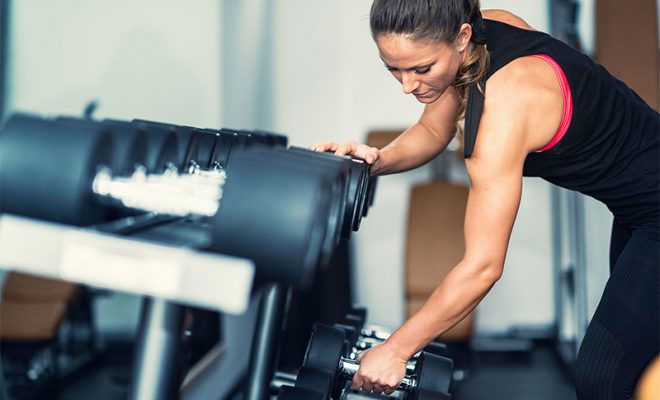
Fitness Tips
Keeping Your Muscle Gains While Getting Lean
When you’re pursuing rock-hard physique – getting shredded, as fitness enthusiasts call it – the muscles you have worked so hard to build can be lost. This is because a calorie-restricted necessary in getting super-lean means muscles aren’t getting the same level of nutrients as before.
Indeed, many bodybuilders become frustrated with the delicate balancing act of minimizing muscle loss while maximizing fat loss. But this doesn’t have to happen in your case. Here are three important tips about diet, exercise and rest while getting shredded.
#1 Watch Your Exercises
You have to change your exercises during your shredding phase. You may ask a personal trainer at 24 Hour Fitness for advice on this matter, as well as research on your own. You will find that the following exercise-related tips work well in most cases.
Keep your loads between the moderate and heavy range.
You’re not burning more calories by performing higher reps because you will likely back off on the load. Your body will soon lose its stimulus in terms of building strength and size. You should disabuse yourself of this notion ASAP.
There are two reasons for it. First, optimum muscle growth happens when a load results in failure after 8 to 12 reps. Second, optimum muscle growth occurs in heavier loads when failure happens at 1 to 6 reps.
If you’re using fairly light weights to complete 25 reps, your emphasis is on building muscle endurance, not muscle size. With this in mind, you should maintain your muscle-building stimulus so that you can get shredded while still keeping your muscles.
You must then start your workout with moderate to heavy loads, a time when you aren’t tired yet. You will be able to burn calories at a faster and higher rate for longer periods, in contrast with using lighter loads.
Choose multi-joint exercises.
This is because multi-joint exercises engage more muscles and, thus, allowing the body to keep most of them even during the shredding phase. Multi-joint exercises include bench presses, overhead presses, squats, rows, and pull-downs, among others.
Why the focus on multi-joint exercises? You will continue to burn more calories, as well as fight against the reduction in metabolic rate caused by the changes in your diet. You’re also more capable of pushing heavier loads with multi-joint exercises resulting in the release of anabolic hormones.
But don’t neglect single-joint exercises either. Just put more focus on multi-joint movements.
Do HIIT
You can take off the last few pounds of body fat by getting more cardiovascular activity. But instead of the low-intensity steady-state cardio, you should choose high-intensity interval training (HIIT). You will enjoy numerous benefits from HIIT, too, including increase in fat mass, insulin sensitivity, exercise performance, and cardiorespiratory fitness.
This is because HIIT allows the body to burn calories for the next 24 hours after the workout has ended. Just imagine your body burning calories even while you’re just sitting or sleeping!
You should also avoid prolonged workouts, as well as getting more exercises in a shorter period. Otherwise, your body will release cortisol, a hormone known for muscle loss – and you don’t want it either.
This is a Catch-22 situation. The longer your workout, the higher the calories burned but the more cortisol released by your body. You’re not just losing calories but muscles as well.
#2 Watch Your Diet, Too
Your diet matters as much as your exercise program. First, increase your protein intake. Protein isn’t just important in building muscle mass. The macronutrient is also important in dieting because it can suppress the appetite by facilitating the release of appetite-suppressing hormones, as well as slows down digestion.
When you’re body has low protein levels, you will also observe muscle loss partly because the muscles are being used for energy production and partly because the muscles aren’t being fed their primary fuel. You should consume 0.8 to 1.25 grams of protein per pound of your body weight.
Second, eat your carbs depending on your workouts. You should ensure that your pre-workout and post-workout meals have most of your daily carb intake. Your body will not only have fuel for its workouts but it will also have fuel for restocking muscle glycogen.
Go for nutrient-dense, high-fiber carbs like quinoa, wild rice, whole-wheat pasta and breads, legumes, beans, fruits and vegetables.
Of course, rest should take on more importance when shredding. Your body will need it because of the demands placed by high-intensity exercise sessions and the calorie-restricted diet. You should aim for 8 hours of sleep, as well as rest days in your exercise program.
With these tips, your body will become shredded without losing muscle. Your family and friends will definitely appreciate your shredded body, especially when they can finally hug you without straining their arms. You will love the rock-hard physique that will give Dwayne Johnson a run for his money, too.


0 comments